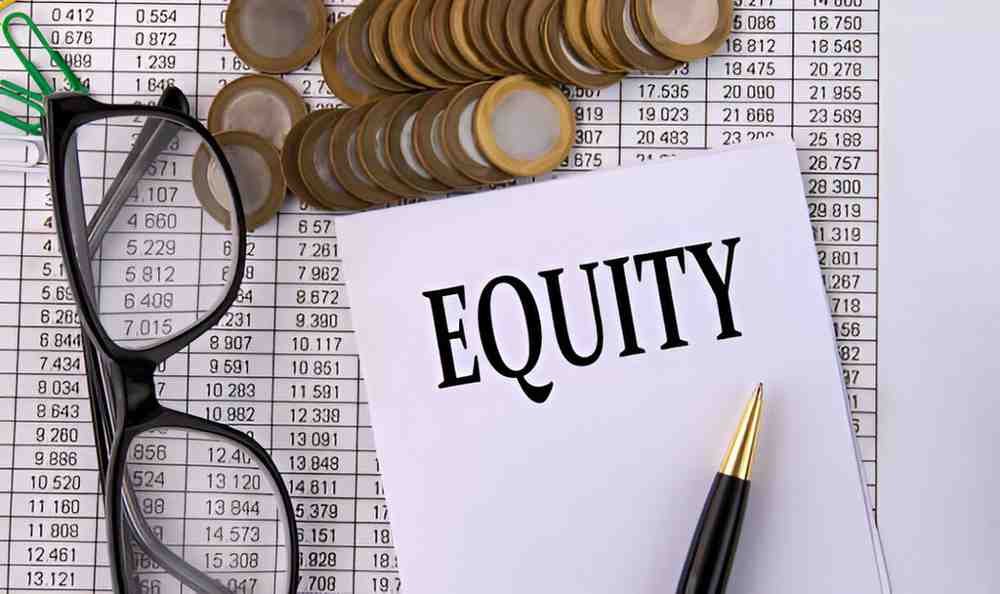Introduction
As a finance professional, I often get asked whether actively managed US equity mutual funds justify their fees compared to passive alternatives. The debate between active and passive investing has raged for decades, but the answer isn’t black and white. In this article, I dissect actively managed US equity mutual funds—how they work, their historical performance, key strategies, and whether they fit into a modern investment portfolio.
Table of Contents
What Are Actively Managed US Equity Mutual Funds?
Actively managed mutual funds employ professional portfolio managers who handpick stocks with the goal of outperforming a benchmark index, such as the S&P 500. Unlike passive index funds, which mechanically replicate an index, active managers rely on research, economic forecasts, and proprietary models to make investment decisions.
Key Characteristics:
- Stock Selection: Managers buy/sell stocks based on valuation, growth potential, or macroeconomic trends.
- Higher Expense Ratios: Typically range from 0.50\% to 1.50\% due to research and trading costs.
- Turnover Rates: Active funds often have higher turnover, leading to tax implications.
Performance: Do Active Funds Outperform?
The SPIVA (S&P Indices vs. Active) scorecard consistently shows that most active funds underperform their benchmarks over long periods. For example:
Table 1: Percentage of US Equity Funds Underperforming the S&P 500 (10-Year Period)
| Category | Underperformance Rate |
|---|---|
| Large-Cap Funds | 85% |
| Mid-Cap Funds | 78% |
| Small-Cap Funds | 72% |
Source: SPIVA U.S. Scorecard 2023
Despite this, some funds do outperform. The challenge lies in identifying them before they deliver strong returns.
Mathematical Insight: The Active Manager’s Dilemma
The expected alpha (\alpha) of an active fund can be modeled as:
\alpha = (Skill \times Opportunity) - (Fees + Taxes + Trading Costs)For a fund to consistently outperform, the manager’s skill must offset all costs. Most fail because:
- Markets are efficient.
- Fees compound over time.
Strategies Used by Active Managers
1. Fundamental Analysis
Managers analyze financial statements, competitive advantages, and industry trends. Example: A fund overweighting tech stocks before an AI boom.
2. Quantitative Strategies
Some use algorithmic models to identify mispriced stocks. A simple momentum factor could be:
Momentum = \frac{(Price_{t} - Price_{t-12})}{Price_{t-12}} \times 1003. Contrarian Investing
Buying undervalued sectors (e.g., energy in 2020) before a rebound.
Costs and Tax Implications
Active funds incur:
- Expense Ratios: 1.00\% vs. 0.03\% for index funds.
- Turnover-Related Costs: Frequent trading leads to capital gains distributions.
Example Calculation:
A \$10,000 investment growing at 7\% annually:
- Active Fund (1.00% fee): \$10,000 \times (1.06)^{20} = \$32,071
- Index Fund (0.03% fee): \$10,000 \times (1.0697)^{20} = \$38,697
The difference over 20 years: $6,626.
When Do Active Funds Make Sense?
- Inefficient Markets: Small-cap or emerging market equities may offer more alpha opportunities.
- Crisis Periods: Active managers can hedge downturns better than passive funds.
- Thematic Investing: ESG or AI-focused funds may justify active selection.
Final Thoughts
While most active funds lag behind indices, a minority deliver value. Investors must weigh higher fees against potential outperformance. For those considering active US equity funds, due diligence on historical performance, manager tenure, and strategy consistency is crucial.





